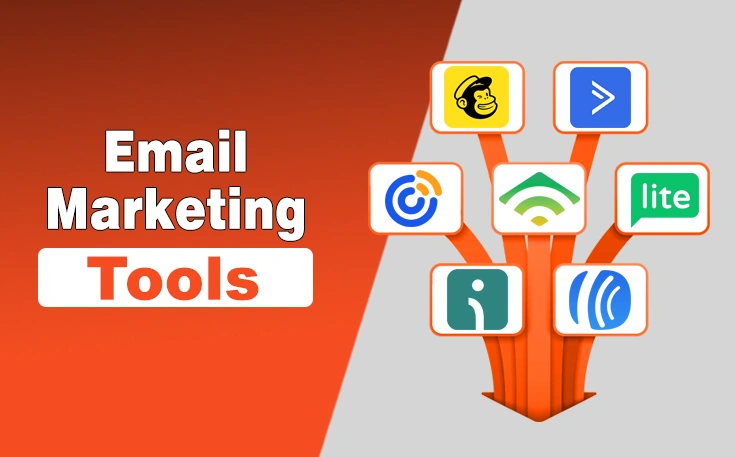In Malaysia, more shopping journeys now begin on a phone than on a desktop, and your buyer expects to pay in familiar ways, receive a fair delivery promise, and feel secure at checkout. The most common pain points you face are mismatched payment options (for example, the absence of FPX or national QR codes), mobile UX friction.
Consequently, they add taps and lead to abandonment, and uncertainty surrounding delivery and returns. In this blog post, I will provide a comprehensive overview of understanding Malaysia’s ecommerce market into practical steps you can apply right away.
You will learn how to localize payments and policies for Malaysia’s market while keeping your site fast, trustworthy, and conversion-focused.
How to Choose the Right Payment Partner for Malaysia?
To operationalize a localization plan, you need a processor that supports Malaysia’s core rails and a mobile‑first UX.
Solutions such as the Antom e-commerce payment gateway, Stripe, or Adyen can route bank transfers (FPX), national QR codes (DuitNow), cards, and popular wallets with a single integration.
Whichever provider you choose, prioritize app‑to‑app flows on mobile, clear 3‑D Secure messaging for cards, and flexible routing so you can A/B test methods without a rebuild.
Market Landscape Shaping Localization Choices
- Government direction and policy signals. Malaysia’s national blueprints emphasize a digital economy and broad access to modern rails. For you, that means steadily improving infrastructure and fostering strong consumer familiarity with bank redirects, QR codes, and e-wallets. So treat digital payments as the default.
- Consumer device and behavior profile. Malaysians are mobile‑first. Design for small screens, short attention spans, and rapid handoffs between your checkout and banking or wallet apps. Social discovery and chat‑based support matter, but conversion still hinges on a clean, trustworthy final mile.
- Payment Method Landscape (High-Level). Three families dominate e-commerce: bank transfers (notably FPX and the DuitNow QR standard), digital wallets, and cards. The winning play is breadth without clutter, as it offers the mix shoppers expect, then guide to the fastest path on mobile.
Checkout and Payment Localization
| Rail | Where it shines | Mobile UX tip |
|---|---|---|
| Bank transfer (FPX) | High trust; real‑time authorization | Surface bank logos early; enable deep links to banking apps. |
| DuitNow QR | One code accepted by many banks and wallets | Offer “scan to pay” and app‑to‑app handoffs; keep the QR visible above the fold. |
| Digital wallets | Fast repeat checkout; promo hooks | Detect installed apps when feasible; keep a copy minimal and reassuring. |
| Cards | Familiar; subscriptions and saved payments | Tokenize; explain OTP/3‑D Secure in simple language; emphasize brand security cues. |
Trust and reassurance in payment UX. Two anxieties can stall conversion: product quality and payment security. Counter both with visible trust signals (bank/wallet logos, PCI and 3‑D Secure badges), a plain‑English return promise, and short, friendly explanations for redirects and OTPs. Use concise copy and logical progress indicators so buyers never feel lost.
Mobile commerce in Malaysia – Usage Trends and Tips – Checkout Design
1. Make the Path to Pay Effortless:
- Design for one-handed use. Large tap targets, numeric keypads for phone/OTP fields, and a sticky “Pay” CTA keep momentum.
- Reduce taps. Default to the most used rail on that device and region, while keeping alternatives one tap away.
- Remember choices. Persist the last‑used method for faster repeats.
- Enable app‑to‑app. Deep link from your checkout to banking and wallet apps, then bring the user back to your confirmation screen.
2. Delivery, Returns, and Post‑Purchase Experience
- Delivery options aligned to shopper priorities. Free or fairly priced shipping influences basket size and checkout commitment. Be transparent about thresholds and cut‑off times, and offer realistic express options for metro areas. Where it makes sense, add click‑and‑collect for weekend convenience.
- Returns, quality, and service signals. Your product pages should do more than sell; they should de‑risk. Include crisp images, “what’s in the box,” size/fit or compatibility notes, and a clear refund timeline. Confirm these promises again in order to email and chat. Turning uncertainty into clarity is a proven way to reduce cancellations and chargebacks.
3. Content, Merchandising, and On‑Site UX
Decision aids that reflect local research habits. Most shoppers in Malaysia scan reviews and search across multiple tabs before making a purchase commitment. Elevate ratings, local Q&A, UGC photos, and a brief warranty summary near the “Add to cart” button. Keep copy bilingual where clarity is crucial, such as in return and delivery policies.
Regulatory and Interoperability Considerations
- Policy and infrastructure cues for planning: National blueprints and central-bank targets indicate continued growth in cashless rails. Expect more app‑to‑app and QR use cases, and plan your roadmap to keep those flows fast and transparent.
- Payments plumbing to be aware of: FPX powers banks‑to‑bank ecommerce payments via secure redirects. DuitNow QR is the national, interoperable QR standard that lets a single code accept multiple banks and wallets. Ensure your checkout labels are clear and explain the steps in plain language.
Final Thoughts
Localizing for Malaysia is less about adding every method and more about meeting shoppers where they already are, on smartphones, using trusted bank transfers, national QR, wallets, and cards, backed by clear policies that reduce risk.
If you prioritize a clean mobile checkout, app‑to‑app flows, and plain‑English trust cues, you’ll turn more first‑time buyers into repeat customers. Use the ideas in this Mobile Commerce in Malaysia: Usage Trends and Tips Playbook to plan, ship, measure, and iterate your mobile commerce strategy.
Need custom app with amazing features?
Get a Quote




